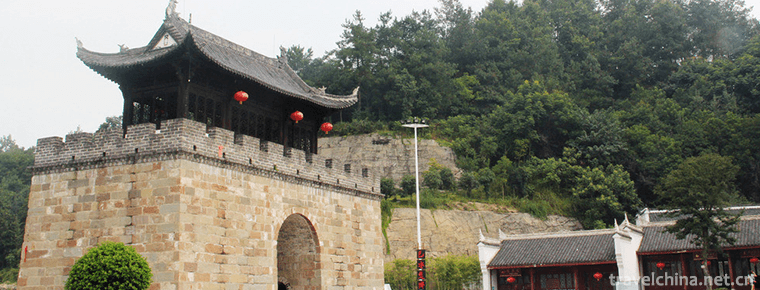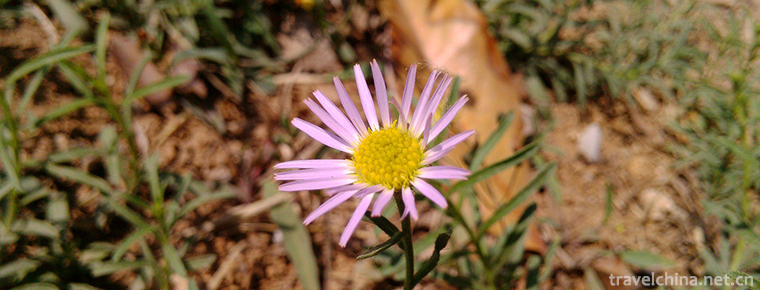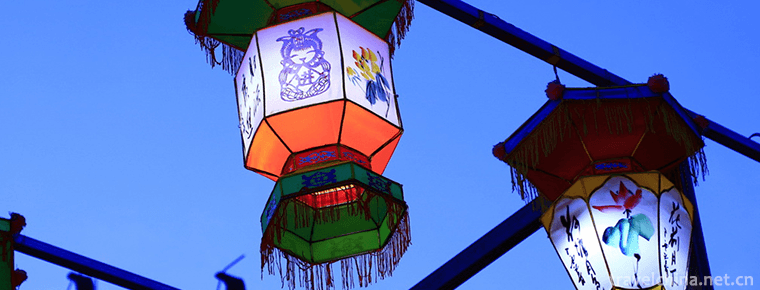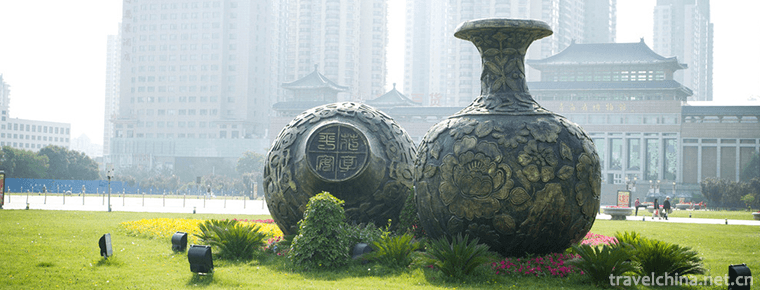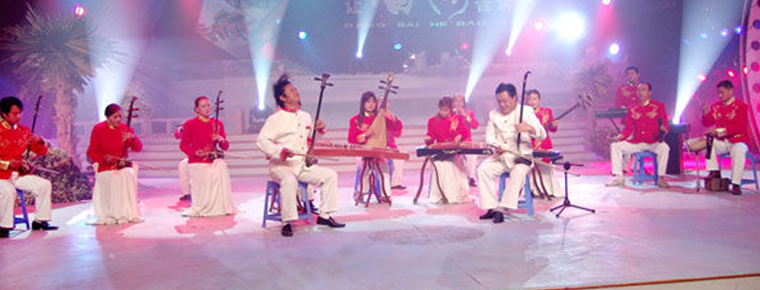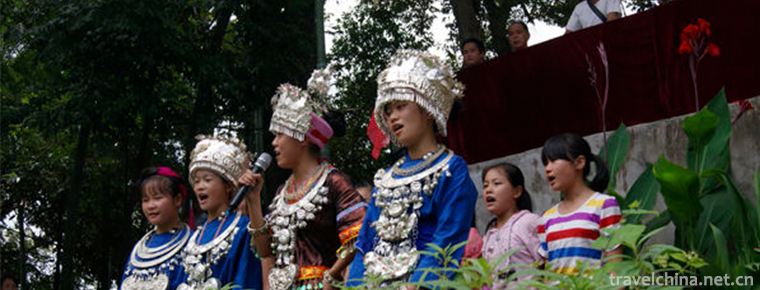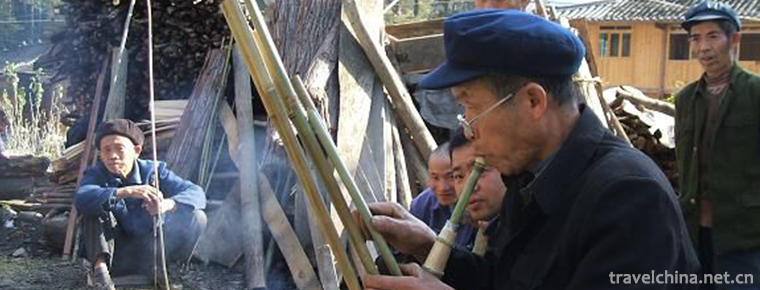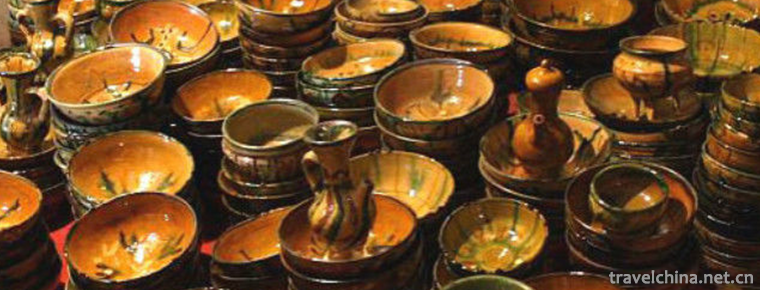Construction Techniques of Salar Fence Tower
Construction Techniques of Salar Fence Tower
The construction technique of the fence building of Sala nationality refers to the traditional construction method of the fence wooden building with the unique architectural form of Sala nationality in China and the intangible cultural heritage project at the national level in China. The fence building of Sala's ancient folk houses is an old building of mixed civil and stone. Because most of the walls of the buildings are woven with rattan, it is named fence building. In 1989, the state issued residential stamps, of which Qinghai residential is the Salar fence building. Its construction techniques accumulate the unique cultural phenomena of the Sala nationality, which is a rare architectural art on the plateau with regional characteristics of one ethnic group. It is of great significance to the study of Salar folklore.
historical origin
The Salas migrated from Salak (Turkmenistan) to Xunhua County in the 13th century (early Yuan Dynasty). Scatter
The fence building of La nationality's ancient dwelling is an ancient dwelling building with wood, stone and soil mixed together. Because most of the walls of the building are made of tree bars, it is named fence building. By the beginning of the 21st century, it only existed in Mengda area in Xunhua County. Mengda area, known as Heguandi in ancient times, has been a major transportation hub between Gansu and Qinghai. From the 13th century to the 14th century (Yuan Dynasty), the Salars living in Mengda gave full play to their talents and wisdom, exploited woodlands, utilized local natural forest, earth and stone resources, and interacted with the surrounding Tibetan, Han, Hui, Tu and Baoan nationalities to build up a rich multi-ethnic culture. A fence building was built. Therefore, the fence building not only records the architectural characteristics of different times, but also the historical memory of Salar architectural style. At the same time, it accumulates multi-ethnic cultural phenomena. It is a rare ancient building on the plateau with regional characteristics of one ethnic group.
Architectural features
According to the investigation at the beginning of the 21st century, the preserved fence buildings of Salar ancient dwellings are mainly located in Mengda Dazhuang Village, Qingshui Township, on the Bank of the Yellow River in Xunhua County, which is close to Mengda National Nature Reserve. The fence buildings are built freely according to the local conditions, including horizontal, corner and triad courtyards. The fence timber building is usually divided into upper and lower floors, with bedrooms and guest rooms on the upper floor and warehouses and livestock pens on the bottom. The frame of the fence building is made up of well-wooden pine. The walls are woven with miscellaneous wood branches and covered with grass mud on both sides. The middle of the wall is hollow. The doors, windows and pillars of the house are mostly carved with exquisite patterns.
The building constructed by this method not only saves building materials, but also reduces the weight of the building. At the same time, the hollow wall is warm in winter and cool in summer, and has strong air permeability. The fence building design of Sala nationality has the most distinctive architectural style in Ming and Qing Dynasties. During this period, the social and economic life of the Salar people has been developed, and the population has been increasing. Building is firm, beautiful, economical and flexible, highlighting the role of wind, earthquake, applicability and safety, so fine pine wood is usually selected.
The fence building complex basically maintained the original form, and maintained the original social grass-roots organization style of the Salar people in the local history, which is of great significance to the study of the Salar people's folklore. At the beginning of the 21st century, Qinghai Province took a series of measures to protect these ancient buildings.
Protection
The demolition and renovation of the fence building was reduced from more than 100 in 1960s to 14 in the early twenty-first Century. In June 2008, the building techniques of the Salar fence building were selected in the national intangible cultural heritage list in June 2008. The 4 outstanding buildings in the 14-19 Century (Ming and Qing Dynasties) were included in the provincial cultural relic protection units in Qinghai province. At the same time, 1 Salar ancient houses in Qing Dynasty were relocated to the Beijing Chinese nation. Museums are renovated and protected. With the development of rural economy, the phenomenon of artificial demolition of building communities is prominent, and fence buildings are on the verge of extinction. In order to improve the living standard of Salar people, people pay more attention to the practicality and beauty of houses, and pursue real material enjoyment. Little is known about the value of cultural relics in fence buildings and the inheritance of Salar culture, and it is difficult to effectively protect them.
Representative heir
Ma Jinming, a retired cadre of the Salar Culture Museum, is skilled in the fabrication techniques of the fence buildings. He was selected as the representative successor of the national intangible cultural heritage project, and organized the fence building skills training in Dazhuang Village, Mengda, in order to protect and develop the ancient architectural and cultural landscape of the Salar people, so that villagers can further understand the fence through training. The cultural value of Tulou includes that the county government organizes annual photography exhibition of Salar ancient residential buildings and seminars on Salar ancient residential buildings to promote the protection and inheritance of fence buildings.

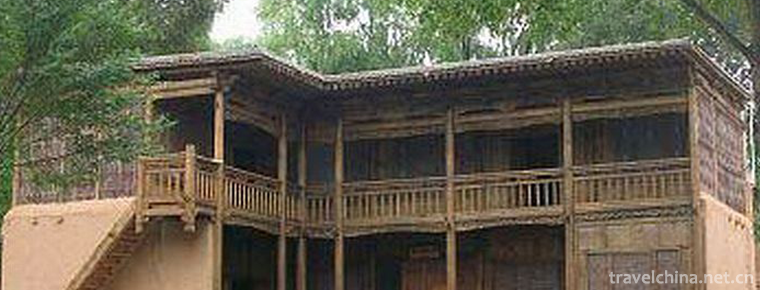
-
Quyuan Hometown Tourist Area
The cultural tourist area of Quyuan's hometown is located in Fenghuangshan, Zigui County, Yichang City, with a total area of 33.3 hectares in the north, Gaoxia Pinghu Lake in the north.
Views: 137 Time 2018-12-12 -
Hepeishan National Forest Park
Hepeishan National Forest Park is located in Zouping County, Binzhou City, Shandong Province, at the junction of Zouping County and Zhangqiu County. The total area of the park is 480 hectares.
Views: 121 Time 2019-01-13 -
Jiuizi Scenic Spot
Yuuzi Square is located in the Central District of Wuhu City. The square covers a total area of 678,800 square meters and its spatial structure is changeable. Priority is distinct and rhythmic.
Views: 106 Time 2019-01-29 -
Qinghai Provincial Museum
Qinghai Museum is located in the east of Xining Square in the west of Xining City. It is the first large-scale comprehensive museum with modern functions in Qinghai.
Views: 220 Time 2019-02-07 -
Steamed egg with sand
Steamed eggs with ginseng sand is a traditional Chinese medicine, which has the effect of invigorating qi, nourishing blood and soothing the mind..
Views: 158 Time 2019-03-24 -
Major tune
The major tune was originally called "drum tune". Varieties of Quyiqu. It was first prevalent in Kaifeng, Henan Province, and then spread to Luoyang, Nanyang and other places..
Views: 360 Time 2019-04-23 -
Printing and Dyeing Techniques of Liquidambar formosana
Maple fragrance dyeing and production technology, Guizhou Huishui County, Majiang County, local traditional skills, one of the national intangible cultural heritage..
Views: 223 Time 2019-04-29 -
Forty eight Zhai Song Festival
The forty-eighth Village Song Festival is a northern Dong dialect Song Festival in Tianzhu County, Guizhou Province, China. It is a traditional national festival featuring Dong.
Views: 351 Time 2019-05-01 -
Production Techniques of Mongolian Lele Car
Lele cart is a cattle cart in Mongolian area, also known as roller cart. Its origin can be traced back to the "Yuan Yuan" recorded in Han Shu. As far back as the Qin and Han Dynasties, the H.
Views: 189 Time 2019-06-03 -
Miao Lusheng Production Techniques
Miao Lusheng production process is complex, generally using scraping, cutting, through, hammering, clamping, drilling and other related tools, through the selection of materials, baking materials, mak.
Views: 153 Time 2019-06-05 -
Uygur moulding earthenware firing
Uygur moulding pottery has a history of more than two thousand years. After the middle of the ninth century, Uygur ancestors moved westward to the vicinity of the Tarim Basin, inherited the pottery ma.
Views: 184 Time 2019-06-26 -
Hydrology of Neijiang River
Tuojiang River is the main river in the urban area. It flows through Zizhong, Dongxing and Shizhong District. It is the main waterway transportation route in the city. Since ancient times, there has been a busy scene description of "boats of ten thousand trees.
Views: 299 Time 2020-12-16
